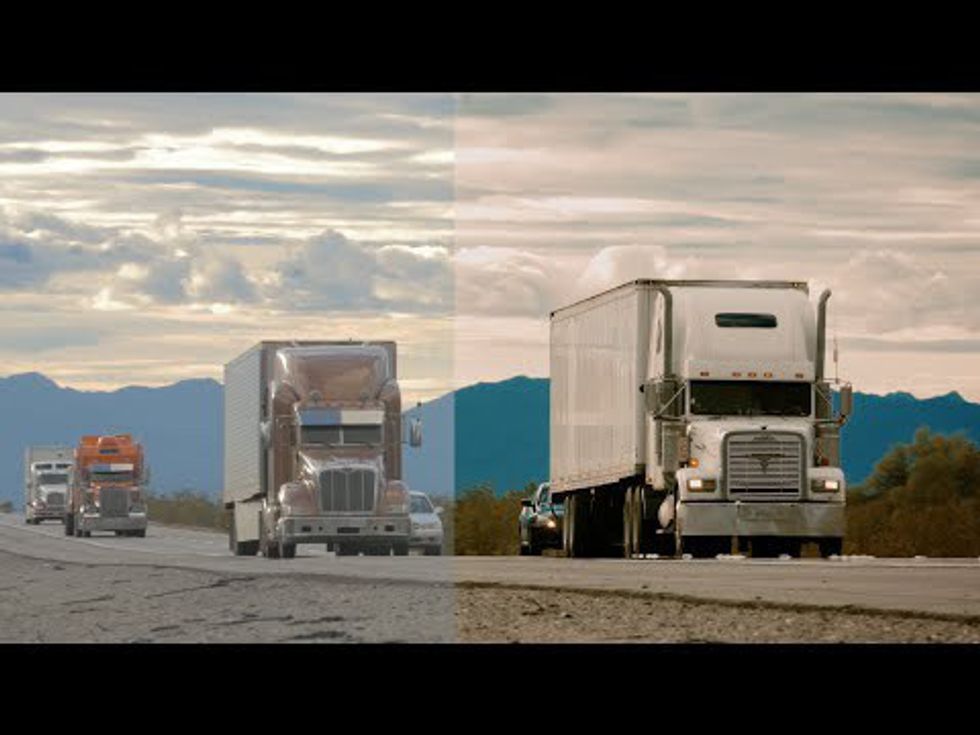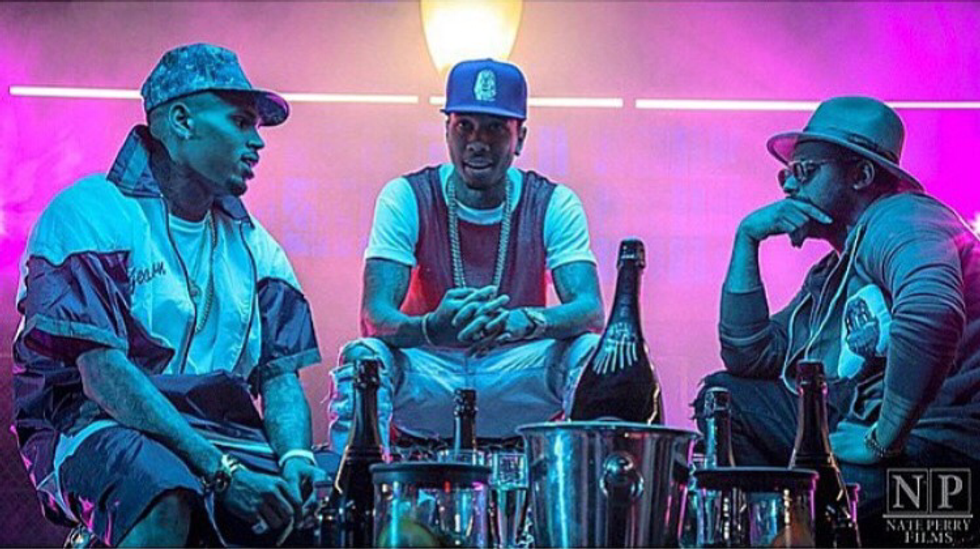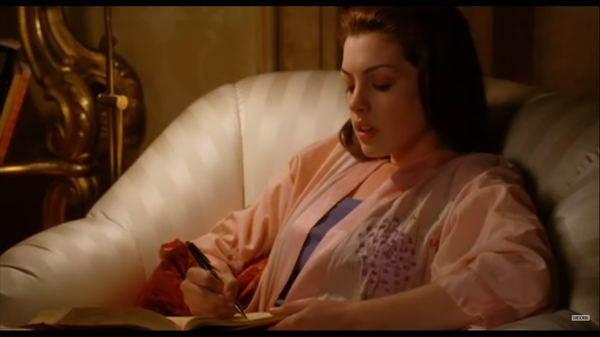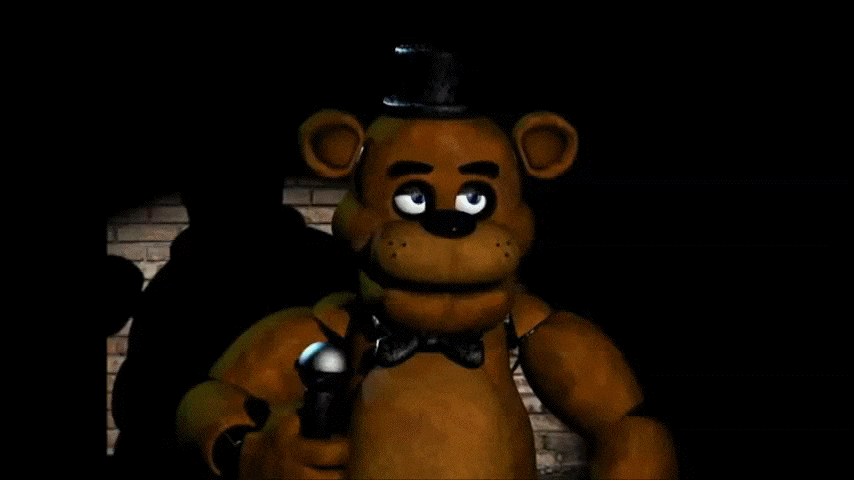Shooting music videos is different for everyone that shoots them. People have their own ways they set up their camera, edit the video and color it, once in post. I am going to give you a couple tips that have helped me out so much. Before I found out about many of the things on this list, I made all of my videos WRONG. Okay, not actually wrong, but wrong for camera settings.
Step 1: Frame rate
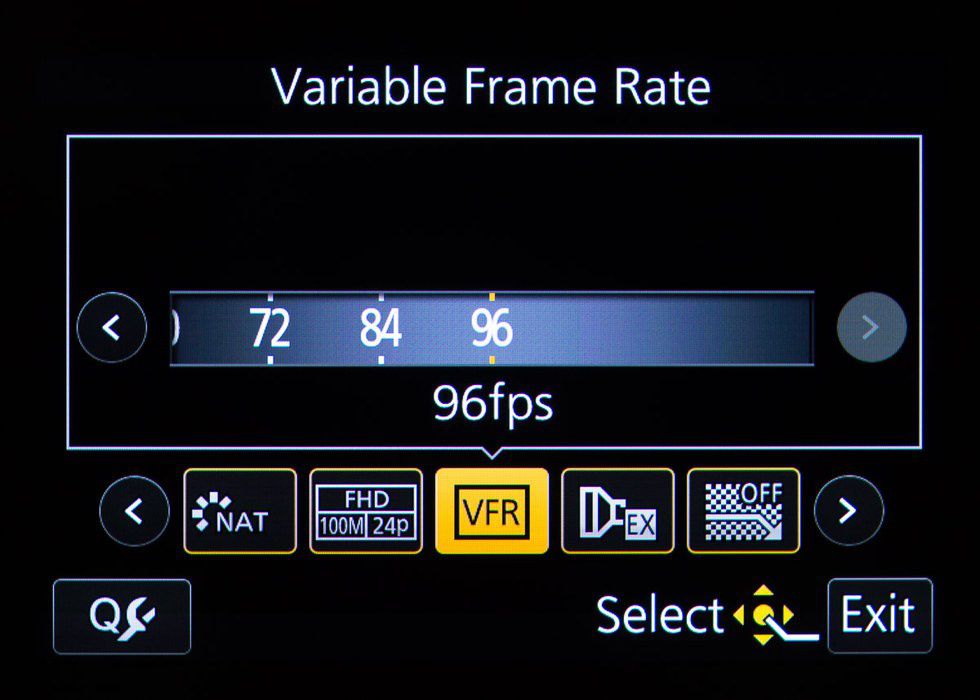
When I first started shooting videos, I didn't really know the importance and significance of the frame rate. When you start shooting the video, your "performance" scenes should be shot in 24 FPS or 30 FPS. I, myself, prefer 24 FPS because it's a more cinematic frame rate. Big name studios who shoot films use this frame rate when they're shooting their big Hollywood million-dollar movies.
Now, when you are shooting your "slow-mo" or "B-roll" shots, you should shoot in anything above 30 FPS. I prefer to use 60 FPS for my "B-roll" footage and 96 FPS for my "slow-mo" shots. Whatever you choose, it should be higher than 24-30 FPS.
The problem with new directors, even with myself, is when they start/started shooting videos, they would shoot everything in the same frame rate. Once you bring the videos into post and try to slow them down for "B-roll," you start to loose the quality of the footage.
Step 2: Shutter Speed
When I shoot my videos I usually stay in-between 80 - 125, sometimes 160 for shutter speed; depending on the shot and because it gives the shot that "edgy" feel. If you shoot it on a higher shutter speed, your camera is going to have it look way too "edgy" and the video will just look very poorly executed; and no artist wants to see a poorly executed video.
Step 3: Picture Profile
A lot of new directors shoot in the standard picture profile, which can work for quick videos if you need to get it done quickly. However, once you bring the shots back into post and try to color grade the standard, that's where your problems will come into play. You want to make sure to shoot in the flattest profile possible, when you bring a flatter picture profile into post, it will be easier to color grade the shots and you can make the colors pop more; all around you will have more room to edit in a flatter profile.
The camera I use is the Panasonic GH4, the picture profile I use for that is "Cinelike D" because it is a more flatter profile and easier for me to change in post.
The picture here is in "Cinelike D." The left side is before color grading the footage. The right side is after color grading the footage. As you can see, it is much easier to color a flatter profile.
Step 4: Location
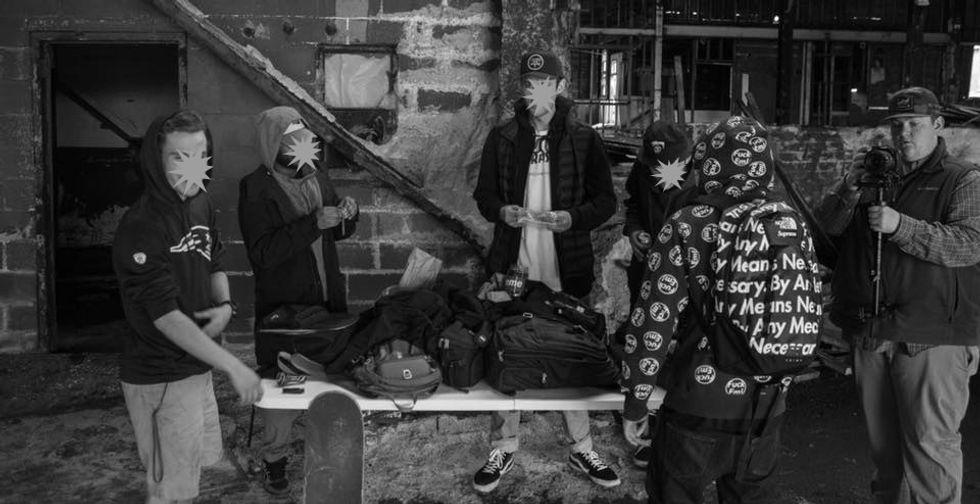
This is one of the most important steps in shooting better music videos, other than the camera settings. Location means everything for a music video. Now, if your shooting in your room, then your shooting in your room, there really isn't that much excitement with that. OR, you could go up onto a cool parking garage, with a nice big city in the background and you could shoot a cool simple video, and it could even be three takes. A cool location is everything because when the viewer is watching the video, you want to make them lock on to a location where the eye never sees regularly; this is why a lot of times big hotel suites and abandoned buildings are very popular in music videos. When shooting a video, you want to really think outside the box, you wanna think "what is the coolest location we can find?" You can be a follower and go to a graffiti wall but those types of shots have been around for so long now. Take the extra time, the extra step and the extra planning to make the location special.
For the video of this location, which I directed and edited, we went to an abandoned old run down building and got five-six different shots.
Step 5: Lighting

Lighting is also very important when shooting music videos. You can get lighting anywhere — from Walmart, Lowes, Home Depot, K-Mart, etc. Lighting your artists is important because if the object is not well lit, the whole shot and whole video could look stupid.
Lighting your surroundings and foreground is important too, especially if your at a dope location, you're going to want the surroundings and location lit pretty well too.
Ring lights are great lights to use to light up faces and some parts of body, tube lights, keno lighting, colored lighting, basically any type of lighting you can get your hands on will work well.
Step 6:Props
No music video looks good if there are no props in it. Props could be anywhere from models, confetti, smoke bombs, champagne bottles, money, etc. Spraying champagne in the air can be a great prop for some "B-roll" footage and you could even use it in one of your main performance shots.
When shooting a video, I like to use smoke bombs, confetti and champagne! props draw the viewer to the screen.




